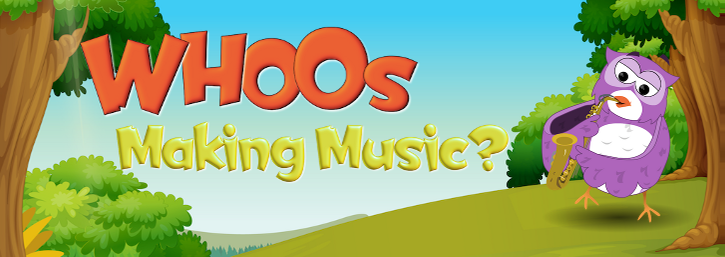- How did you begin making apps, and what other ones have you created?
I've enjoyed tinkering with computers since I was a kid, and was actually a computer science major for a couple of semesters before I transferred into a music program. My first app was released in August of 2011. It was "Flashnote Derby", a simple, but fun and effective game to drill note recognition. In the summer of 2012, I released "Practice Nag", a "to-do" list for musicians that I basically created for my own use. It helps me sort the repertoire I am currently working on in order of importance and uses the notifications feature of the iPhone to nag me if I'm neglecting certain pieces or exercises. - What role do you see technology playing in the future of music education?
Although the basic fundamentals that we need to teach our students has changed little, the methods we have at our disposal to do this effectively have increased greatly. In lessons, I frequently make use of my phone to record students and listen back to their performance with them. If a child's parent is unable to be present at the lessons, I can make a short video detailing how the lesson went, and what needs to be worked on at home. Students can visit You Tube and find performances of just about any piece of repertoire, often performed by students their own age. - Describe what inspired you to create Whoo's Making Music?
I have a three year old daughter at home, and one of her first (and favorite apps) is one called "Peekaboo Barn". The concept was very simple- a picture of a barn was shown along with the SOUND of a particular animal. I could ask her what animal she thought was making the sound, and then she could tap the screen and reveal who was inside the barn. WHOOs Making Music uses a similar format but with musical instruments. A stage is presented with the curtain drawn. You can hear the sound of an instrument being played. When you tap the curtain, it raises to reveal a cute little owl playing the instrument and you learn what it is called. Why owls? My daughter likes owls. - Who is this targeted to, and what age group would benefit from this and why?
I'm often surprised by how too many of my piano students are not familiar with the wide variety of orchestral instruments. Piano teachers often like to use analogies with other instruments to coax a particular sound out of the piano. If I ask a student to imagine a french horn when playing a certain passage and they have no frame of reference, it won't help them out much.
Plus, I think that anything that encourages focused listening (in our day and age) is a big plus. We are bombarded with constant sound- music, noise, information- to the point that being able to sit and listen critically to something is becoming a bit of a lost art. I like the idea of presenting the sound FIRST, before the children can see the instrument or learn what its name is. It gives the child a chance to think, to imagine. It yields a completely different experience than from simply showing them a picture of a cello and saying, "Push this button to hear the cello." That type of approach tends to lead to what I call mindless button-mashing.
I think this app could be used by children as young as one-year-old. But it is important that "screen time" with very young children be limited and always with adult supervision and interaction. The adult needs to be there to prompt the imagination and curiosity of the child. Asking questions like, "That sure is a low sound. Do you think the instrument is big or small?" can make it an effective educational experience, and not just a form of glorified babysitting. Students older than five probably would lose interest rather quickly in "WHOOS Making Music", but I'm thinking of adding a challenge mode for older children where they actually receive points for identifying instruments correctly just from the sound alone. - Any chance we'll see an Android version?
Already in the works!
Site Navigation[Skip]
- About
- Meet the Instruments
- Developer Interview
© Luke Bartolomeo 2012

